Designing for and from the future: the 100th RSA Student Design Awards
Join us for this once-in-a-century event celebrating the 2023-24 RSA Student Design Awards and the power of design to shift systems and shape the future.
Designing for and from the future
The RSA's Student Design Awards turn 100 in 2024. In celebration, we're inviting you to explore the awards' impactful and historic achievements.
Looking forward, we'll imagine the next 100 years as we embark on an exciting new chapter in RSA award-giving history. The future, when woven collectively, can only be brighter.
Explore key moments in the history of the Student Design Awards including ground-breaking briefs and the innovative solutions designed by our inspirational applicants.
Competition of 'Industrial Designs' is established.
In its second year, the awards set a brief to create designs for the complete furniture of a bedroom, decorated in the William and Mary period.
Competition relaunches after a hiatus during the war when an essay competition ran instead.
Recognising that complex design problems require a multi-skilled response, the competition runs the first brief for a team project.
Competition is renamed 'Design Bursaries' when it's recognised that travel bursaries are central to career-making opportunities for designers.
The competition is renamed again to 'RSA Student Design Awards'. In a brief from that same year, we challenged pairs of students from different disciplines to redesign the ATM. In ‘The intelligent ATM’, applicants were challenged to take into account the needs of the user and the bank.
A future-looking brief, ‘City transport for 2050’ asked students to consider methods of transport for a city in the year 2050 where legislation requires all transport to be emission-free.
The brief ‘Future gazers: ask yourself "How do you see 2020?"' focussed on specific issues, and asked applicants to develop a rationale for user scenarios and product solutions.
The ‘Voting by design’ brief called for innovations in creating a new voting experience that helped reduce voter apathy.
‘Design for patient safety’ looked at how the design of the ‘perfect patient room’ could improve the safety and care of patients while in hospital.
First country specific competitions launched under RSA Student Design Awards brand in the United States and Malaysia.
RSA Pupil Design Awards is established.
‘Make fashion circular’ asked young designers how they might use circular design principles to innovate the way we produce, use and access everyday clothing items.
We were challenging students to think about AI as far back as 2019 with our brief ‘AI 100’. For this we asked how we might use AI to support people to reach a happy, meaningful and productive 100-year life?
Global student bursary is launched to cover the cost of submitting to the competition.
‘Healthy hearts', our headline brief in 2022, posed the question how might we improve cardiovascular health and address health inequalities?
Bursary is extended to become a needs-based bursary available to anyone facing the barrier of competition entry.

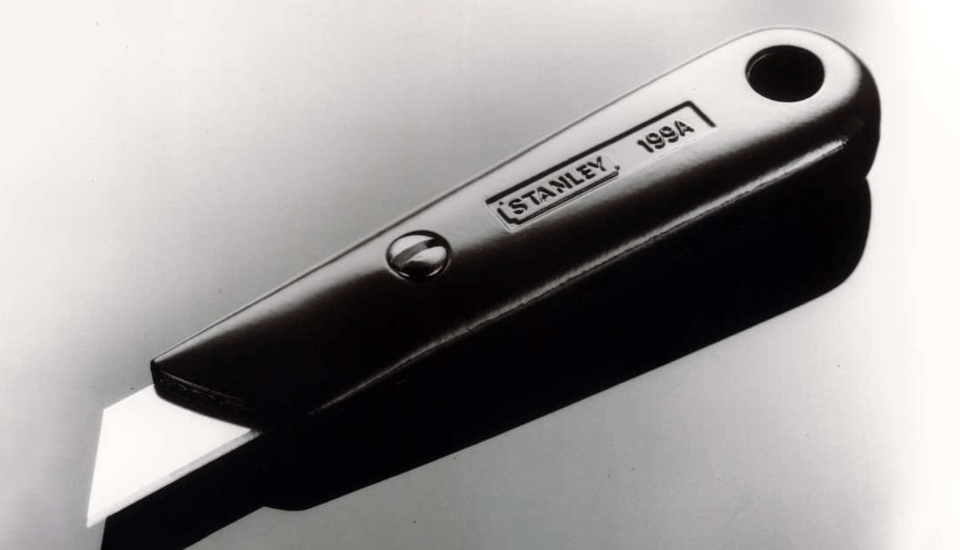
Following the need to rebuild after the Second World War, the Student Design Awards were reestablished as the Industrial Arts Bursaries and opened up to include craftsmen, clerks and industry professionals.
In 1950, aspiring engineer and former navy mechanic David Carter CBE RDI won £150 for his entry to the RSA’s ‘domestic solid fuel burning appliances' brief. Ten years later he founded David Carter Associates.
David went on to a renowned industrial design career – famous for his practical creations ranging from the iconic Stanley Knife and LeShuttle, the first train on the Eurotunnel.
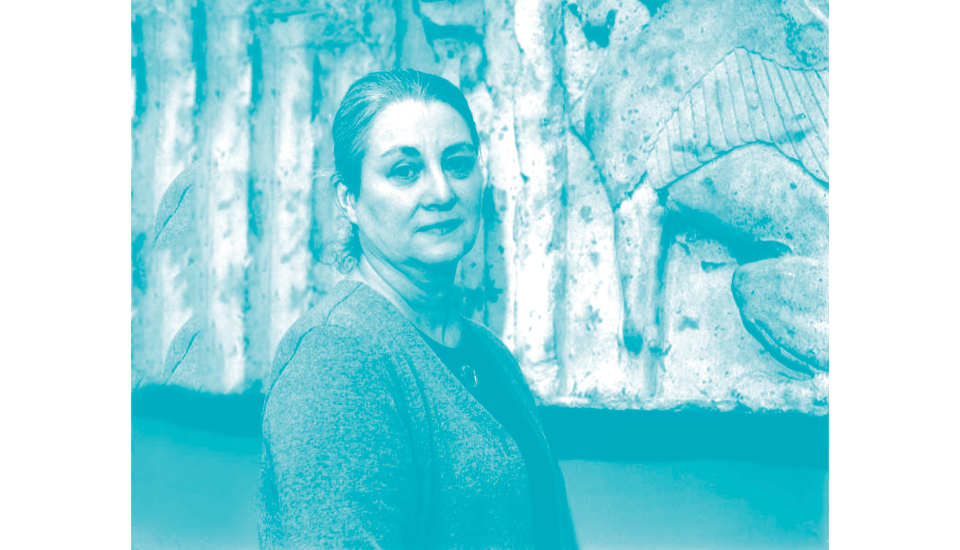
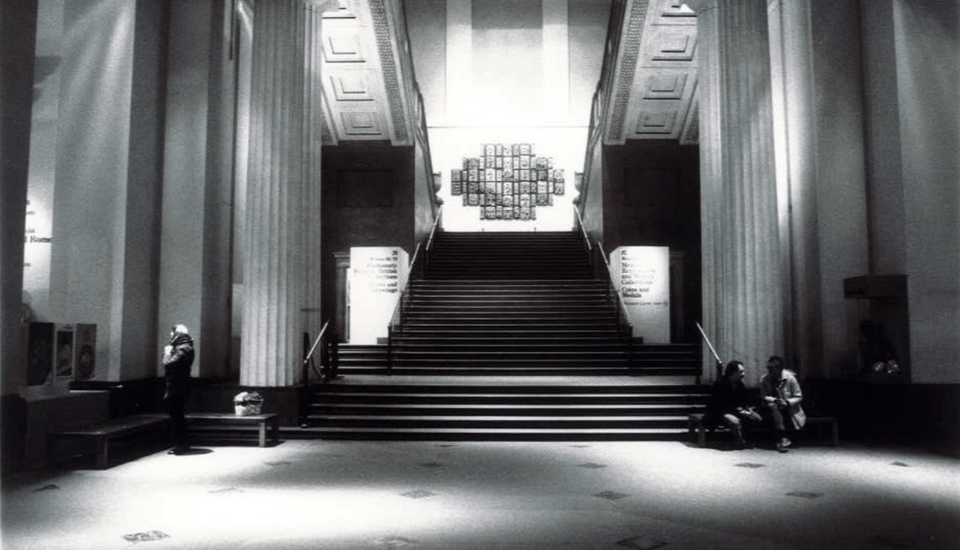
Several years on from the Festival of Britain exhibition in 1951, the Student Design Awards encouraged young designers to experiment with newly available materials such as PVC and Perspex. The 1950s also saw the rise of the first design consultancies, with this becoming more of a recognised practice.
Margaret Hall got a travel bursary for her winning entry to the laminated plastics brief and used the funds to explore Scandinavian design practices.
This formative experience shaped her as a designer, and she went on to be head of design at the British Museum. Her Tutankhamun exhibition of 1972 became a benchmark for museums.
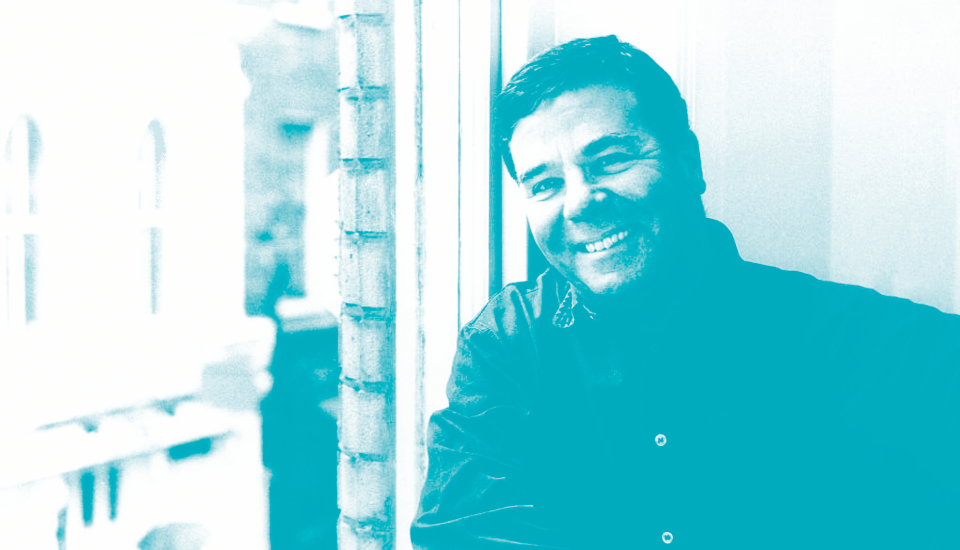

At 17 years old, Martin Lambie-Nairn won the Student Design Awards typography brief in 1962 and an advertising brief in 1963.
His success launched an incredible legacy in visual branding, including the BBC and Channel 4 logos, the oxygen bubbles of telephone company O2 and the initial launch identity for the UK’s leading biomedical research centre, the Francis Crick Institute.
Most famously, Martin was the inspiration behind satirical puppet show Spitting Image.

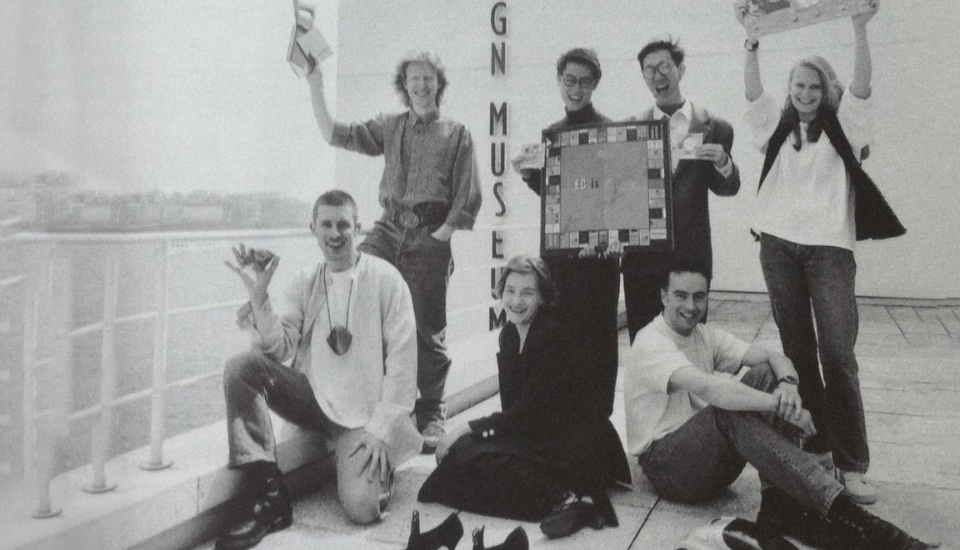
The late 1980s and early 90s saw a shift in the focus of the Student Design Awards, with more impact-conscious design which recognised this skillset could be applied to more than just objects for commercial purposes. The first design for a sustainable world brief appeared in 1992 and customer service became a consideration.
Richard Howarth won a Student Design Award in 1994 for Telepathic Fish – an iPod-like device for music subscription. The award allowed him to travel to Japan for a work placement with Sony; “It kickstarted my career and was genuinely life-changing”.
In 2014, Richard – now vice president of industrial design at Apple – acknowledged the importance of this by donating an annual award as part of the Student Design Awards.

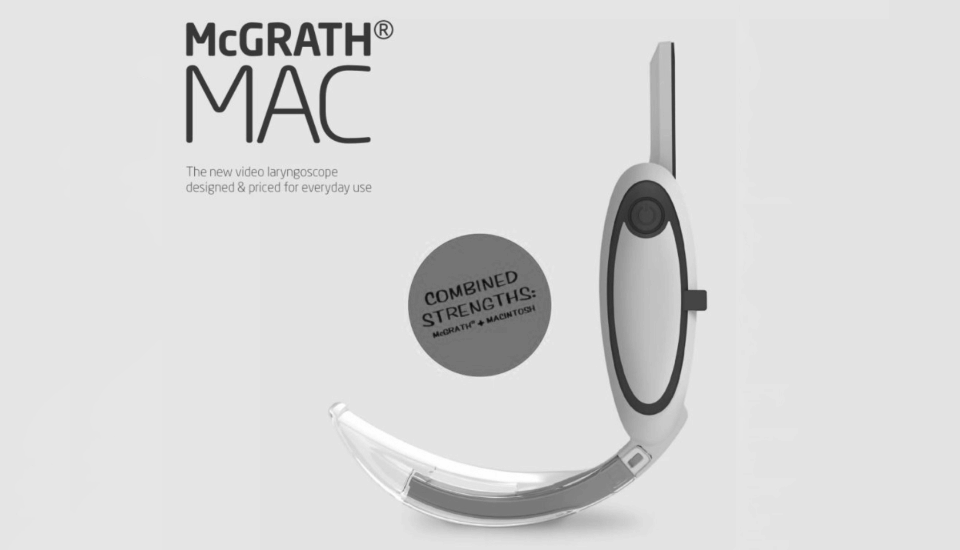
Towards the turn of the millenium, the increasing pace of socio-technological change – our digital and virtual future – grew to be of interest.
In 2005, former Northumbria University student Matt McGrath launched a medical device into the market that started life as a winner in the RSA’s 1999 Student Design Awards. Entered as the Smartscope laryngoscope, the device is an advance on the instrument used by paramedics and anaesthetists to internally examine a patient’s larynx, and is the world’s first with a built-in video camera system.
Matt’s entry attracted funding from various bodies that allowed him to extend his research and prototype the device.

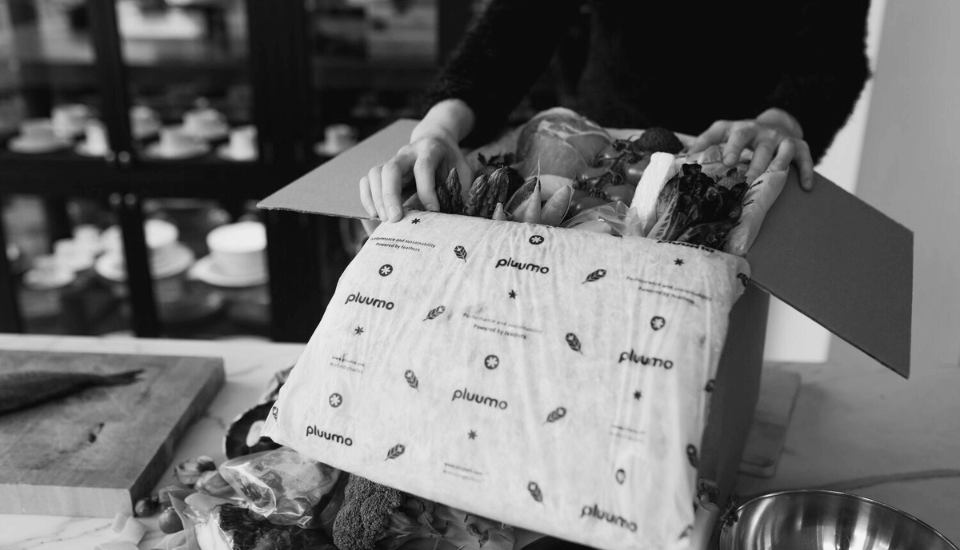
The 21st century has seen the proliferation of human-centred design thinking, social innovation, digital ubiquity, global connectivity and the political backing of design for environmental sustainability and public service reform.
Teammates Elena Dieckmann and Ryan Robinson won an Student Design Award in 2016 for their pioneering submission AEROPOWDER, now launched as Pluumo, which transformed locally sourced waste feathers into packaging that ensures greener food deliveries.
Pluumo has gone on to secure over £1m in grants and investment, driving tangible change in reducing CO2 emissions and paving the way for remarkable sustainable innovation impact.

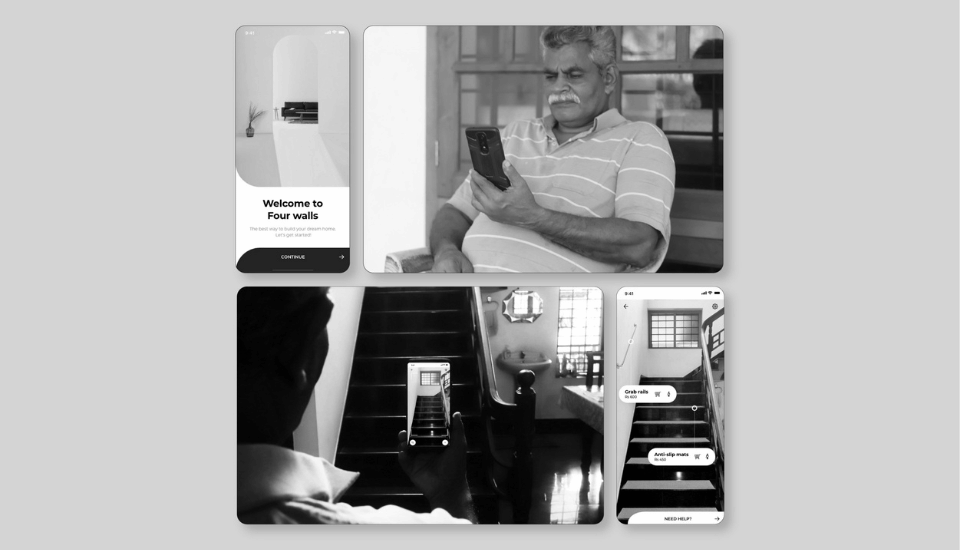
The Student Design Awards have always been a global competition, with applications in the first year from as far afield as Japan, South Africa and Pakistan.
To date, around 45 percent of our submissions are from outside the UK, with entrants from over 20 countries. We also launched a global bursary in 2016 to address financial barriers for participants.
One recipient was Athul Dinesh who won the Centre for Ageing Better Home sweet home brief with his submission, Four Walls, an app designed to enhance the current living conditions of a growing population through widespread building modifications and home adjustments.
Athul entered from India’s National Institute of Design and has gone on to teach there.

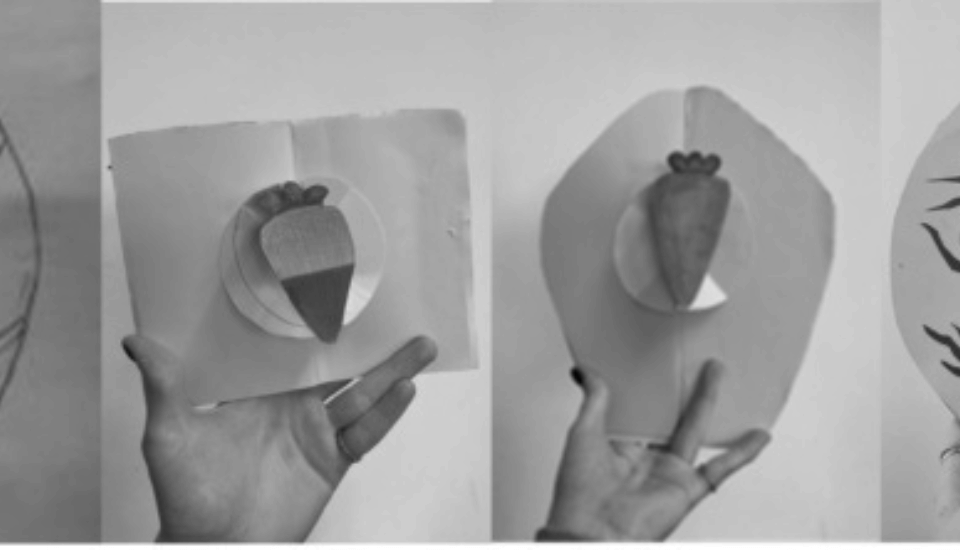
Starting in 2014, the Pupil Design Awards expanded the RSA’s offer to UK secondary schools. This was, in part, to combat a growing disinvestment in design skills among 11–18-year-olds (in 2022 the number of design GCSE entries was just 20 percent of their 2003 levels).
Lily Macaskill's winning 2022 Pupil Design Awards entry educated children on the importance of food sustainability through a recyclable pop-up book made from seeded paper.
To further platform her work, we worked with Pupil Design Awards judge Andrew Knight (head of the UK government's Policy Design Community) to offer Lily and her teacher, Laura Gray, the chance to feature as a case study on Public Policy Design.


In 2023, established social entrepreneur Sagufta Janif won the Powering people brief by using her unique expertise and experience within Fijian communities to build an innovative proposal named Fishing for Power.
Her idea harnessed tidal energy through multiple wave-harvesting buoys attached to a battery storage unit on a fishing boat that collects energy and transfers to battery bank owned by a community co-operative.
This brief was crowdsourced and nominated by previous SDA winner, Emma Finch, an example of how the RSA continues to engage with a century-old community of global social innovators.
This centenary year is a great time to celebrate the legacy and impact of the RSA Design Awards. We thank all those who have taken part to date – partners, collaborators, educators and students – without whom this wouldn’t have been possible.
No matter their life experience or professional interests, we hope students and pupils are inspired by this year’s briefs to bring their skills and creativity to drive social and environmental change.
The winners of the 2023-24 Student Design Awards will be announced on 2 July. You can register to watch the event live online with us by clicking below.

Join us for this once-in-a-century event celebrating the 2023-24 RSA Student Design Awards and the power of design to shift systems and shape the future.
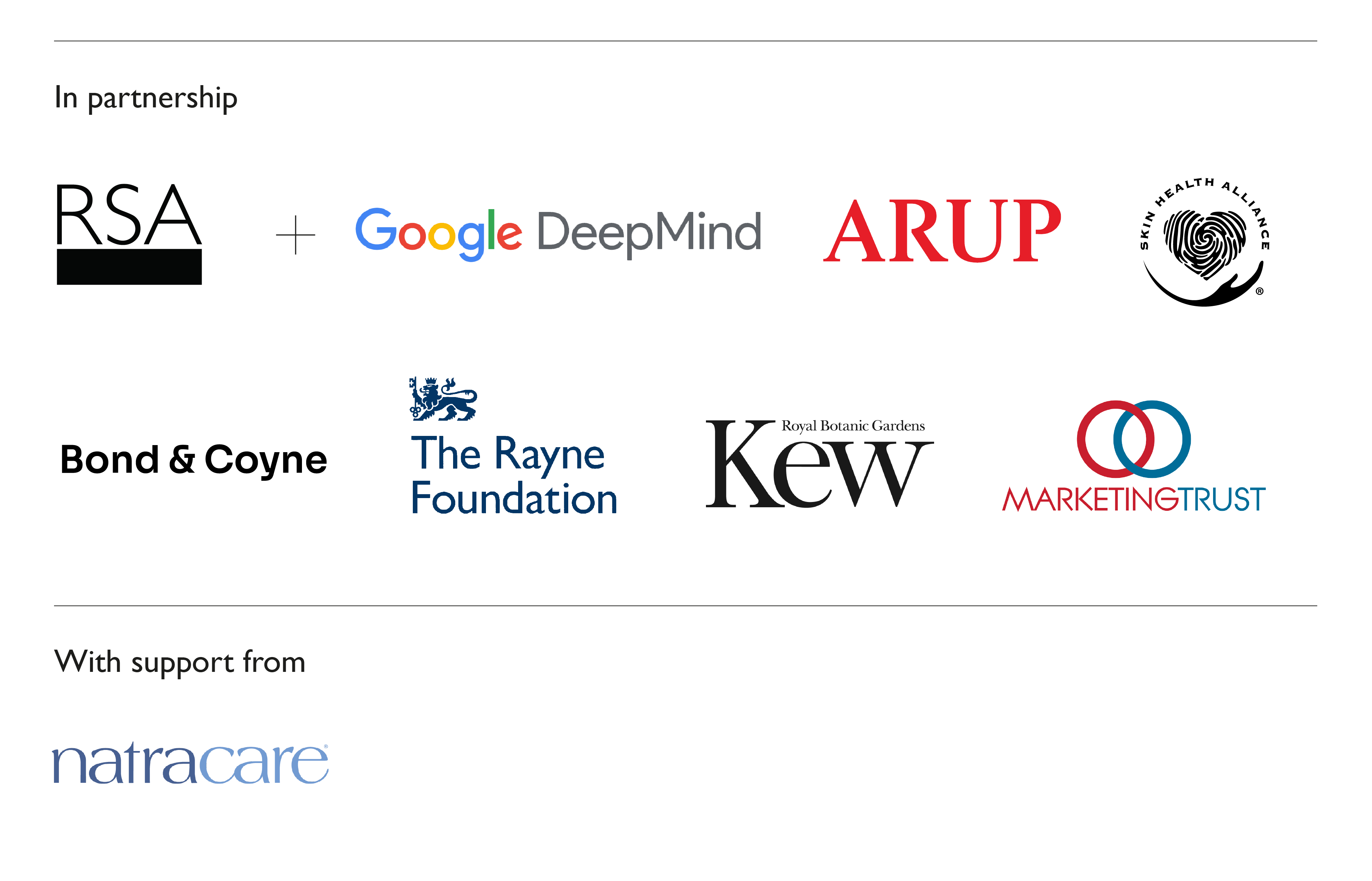
We invite young designers from across the globe to answer design briefs that focus on the most pressing social and environmental challenges.
By getting involved in the Student Design Awards you will be elevating your learning experience as you apply your creativity and innovation to a real-world problem.
If you work in higher education and you’re using the RSA Student Design Awards briefs in your curriculum, you can request a briefing from the RSA team.
We're challenging students and recent graduates to tackle pressing social, environmental and economic issues through design thinking. See this year's design briefs.
Find out about the judging process and criteria for the Student Design Awards.